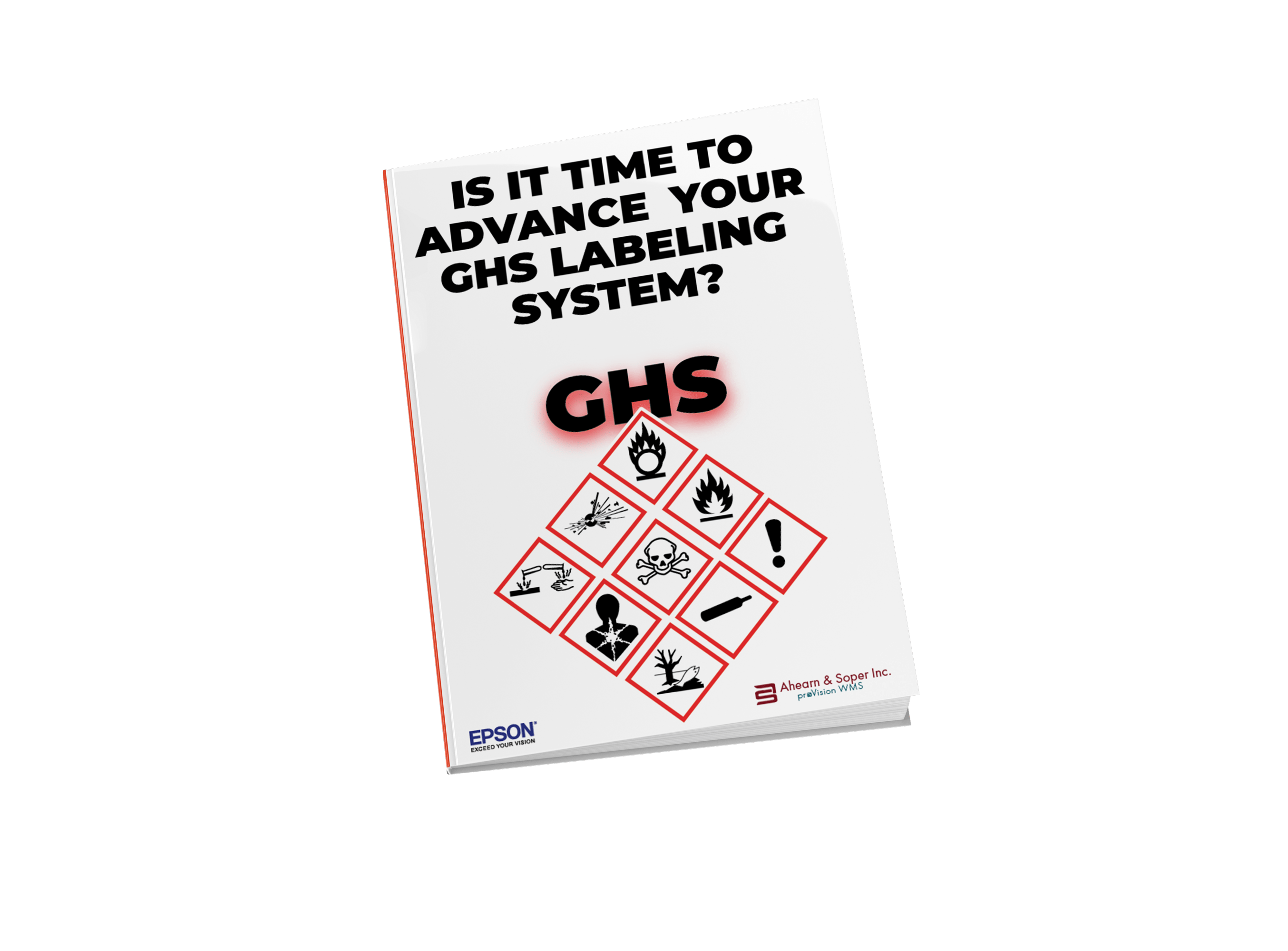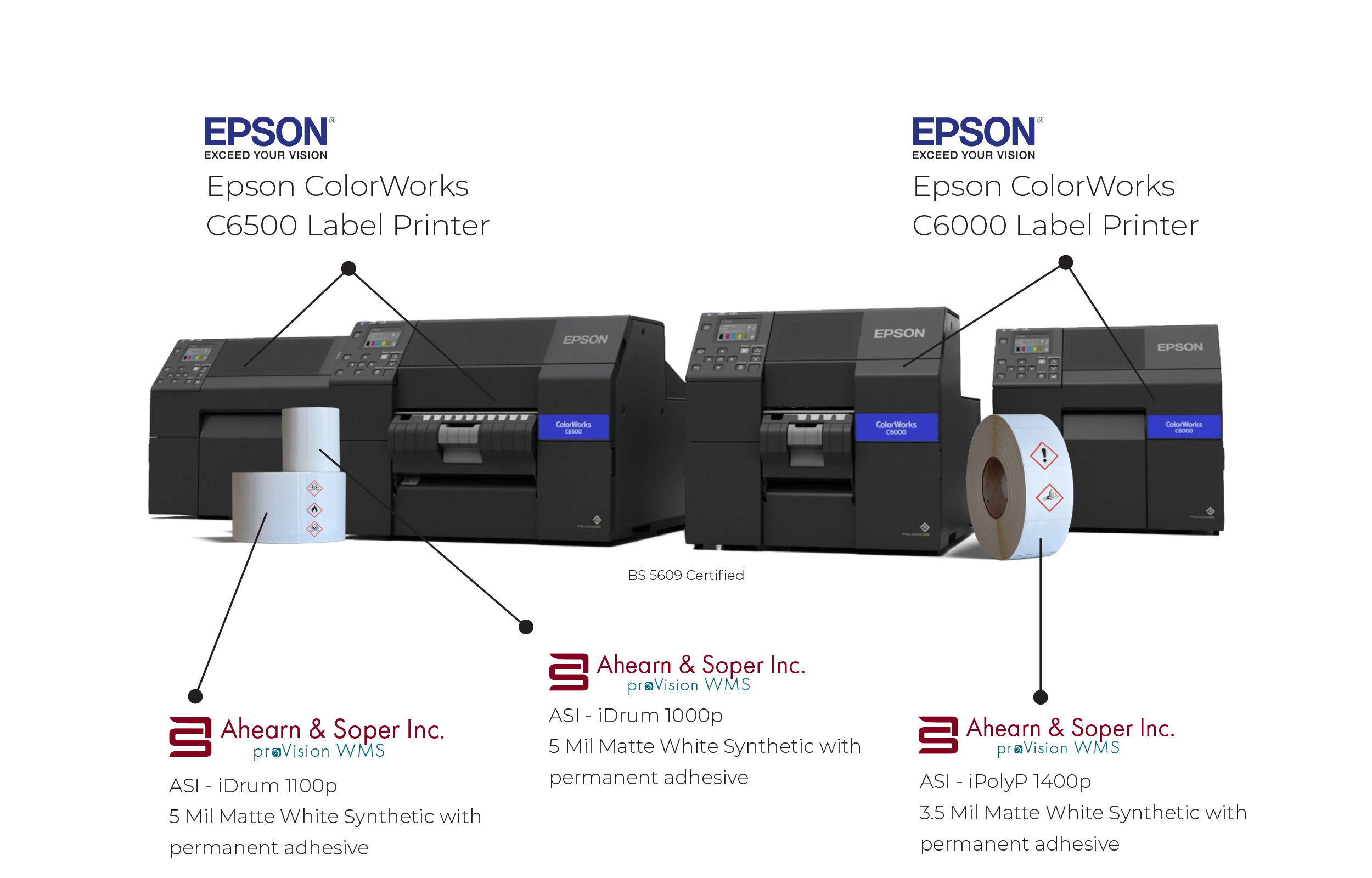There are 9 basic universal pictograms.
Here’s what they look like and what they mean:
1. Environmental
2. Corrosive
3. Acute Toxic
4. Severely Toxic
5. Explosive
6. Flammable
7. Oxidizing
8. Health Danger
9. Gas Pressure


1. Signal Words: Indicates relative level of hazard. “Danger” is used for
the most severe instances, while “warning” indicates a less severe
hazard.
2. Product Name or Identifiers: This lets readers know what the product
or chemical name is. There may be more identifiers noted near the
manufacturer’s information.
3. Hazard Statements: These phrases describe the nature of the
hazardous product and often includes the degree of hazard.
4. Symbols (Pictograms): Symbols help convey health, physical and
environmental hazard information with red diamond GHS
pictograms. These symbols may be used in combinations of five
pictograms.
5. Manufacturer Information: The contact information for the
manufacturer is included on every GHS Label.
6. Precautionary Statements: Phrases associated with each hazard
statement describe general, preventative, response, storage or
disposal precautions.


